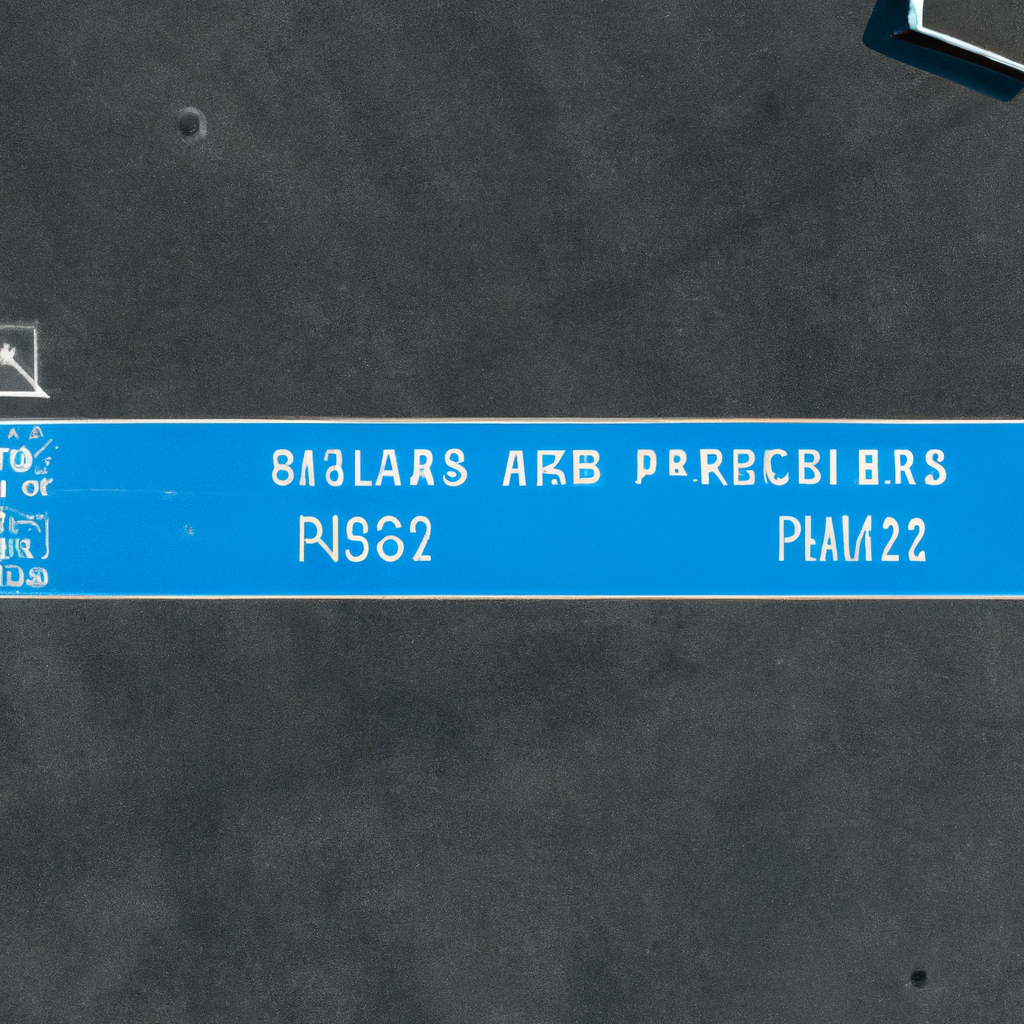GPS systems have become an essential part of our daily lives, from helping us navigate unfamiliar roads to tracking our fitness activities. But how does a GPS system work? GPS, short for Global Positioning System, is a satellite-based navigation system that provides us with location and time information anywhere and anytime on Earth. In this article, we’ll take a closer look at how a GPS system works, the technology behind it, and its different applications.
How GPS System Works

GPS systems work by using a network of satellites orbiting the Earth, ground control stations, and GPS receivers. There are currently 31 GPS satellites orbiting the Earth, and each satellite transmits signals that contain information about its location, time, and other data. The GPS receiver on your device picks up these signals and uses them to calculate your location, speed, and direction.
To determine your location, the GPS receiver needs to receive signals from at least four GPS satellites. The receiver calculates the distance to each satellite by measuring the time it takes for the signal to travel from the satellite to the receiver. By using a process called trilateration, the receiver determines the intersection point of the circles created by the distance measurements from each satellite. This intersection point is your location.
Satellite Technology
GPS satellites orbit the Earth twice a day at an altitude of about 20,000 km. The satellites are positioned in six different orbital planes, each with four satellites. This configuration ensures that there are always at least four satellites visible from any point on Earth.
GPS satellites use atomic clocks to provide accurate time information. Each satellite has an onboard atomic clock that transmits its time information along with its location data. The GPS receiver uses this time information to calculate the time it takes for the signal to travel from the satellite to the receiver.
Location Tracking
GPS systems are widely used for location tracking in various applications. For example, GPS tracking devices are used to track vehicles, pets, and people. GPS tracking systems are also used in fleet management, logistics, and security applications.
In addition, GPS systems are used in sports and fitness activities to track distance, speed, and other metrics. GPS-enabled smartphones and wearables allow users to track their fitness activities and monitor their progress.
Navigation
Navigation is one of the most common applications of GPS systems. GPS navigation systems are widely used in cars, boats, and airplanes for route planning and guidance. GPS navigation systems use real-time location data to provide turn-by-turn directions and other information such as traffic conditions, speed limits, and points of interest.
In addition, GPS systems are used in outdoor activities such as hiking, camping, and hunting. GPS devices provide hikers with accurate location information, trail maps, and other useful data.
Conclusion
GPS systems have revolutionized the way we navigate, track, and monitor our activities. By using satellite technology, GPS systems provide us with accurate location and time information anywhere and anytime on Earth. GPS systems have various applications, from navigation and location tracking to sports and fitness activities. As technology continues to evolve, we can expect GPS systems to become even more advanced and accessible to everyone.






